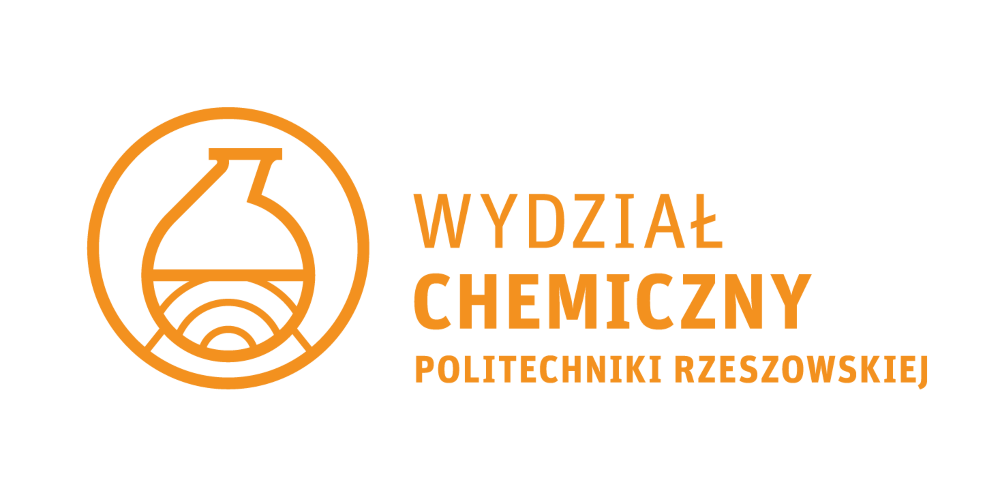

Parametric designing in Autodesk Inventor
Some basic information about the module
The aim of studying and bibliography
The main aim of study:
After completing the calss, student will be able to model basic shapes of 3D solids and elements of chemical equipment in Autodesk Inventor. He can also use tools for parametric 2D modeling. The student is also able to draw up technical documentation of the designed chemical apparatus component in Autodesk Inventor.
The general information about the module:
The module aims to provide students with content and acquire the skills to create self-contained design elements and complete chemical apparatus in Autodesk Inventor. Passing the knowledge and skills to use this program is done by performing short tasks presented by the instructor during practical activities. The student's level of mastery of the program is assessed on the basis of a test of practical skills.
Teaching materials for laboratory classes have been prepared, among others using AutoCAD program. The course teaches the terminology needed to operate Autodesk Inventor Professional program in English. The course has been enriched with elements obtained during the Autodesk Inventor Professional training courses carried out within the 'POWER staff' program.
Bibliography required to complete the module
| 1 | Thom Tremblay | Autodesk Inventor 2014 : oficjalny podręcznik | Helion. | 2014 |
| 1 | opracowania ze stron internetowych np.: cad.pl, 3dcad.pl | - | -. | - |
Basic requirements in category knowledge/skills/social competences
Formal requirements:
Registration for a given semester
Basic requirements in category knowledge:
Basic knowledge in the field of engineering graphics
Basic requirements in category skills:
Ability to use program AutoCAD
Basic requirements in category social competences:
Communicability and the ability to independently and jointly solve problems
Module outcomes
| MEK | The student who completed the module | Types of classes / teaching methods leading to achieving a given outcome of teaching | Methods of verifying every mentioned outcome of teaching | Relationships with KEK | Relationships with PRK |
|---|---|---|---|---|---|
| MEK01 | Student is able to find and apply appropriate features of Autodesk Inventor | problem laboratory, individual design | Project presentation, work observation |
K-W08+ K-U02++ K-U19+ |
P6S-UU P6S-UW P6S-WG |
| MEK02 | Student can model parts of chemical apparatus both on the plane and in three dimensions | problem laboratory, individual project, interactive lecture | project presentation, work observation |
K-W08+ K-U02+++ K-U03+ |
P6S-UW P6S-WG |
| MEK03 | Student can find and correct mistakes in the design | problem exercises, individual design | observation of work |
K-U02+ K-U03+ K-U19++ |
P6S-UU P6S-UW |
| MEK04 | Student is able to use more advanced design methods of parts of chemical apparatus | individual design, problem lecture | presentation of the project |
K-U02++ K-U03+ K-U19+ |
P6S-UU P6S-UW |
The syllabus of the module
| Sem. | TK | The content | realized in | MEK |
|---|---|---|---|---|
| 4 | TK01 | L01-L18 | MEK01 MEK03 MEK04 | |
| 4 | TK02 | L02-L10 | MEK01 MEK02 MEK04 | |
| 4 | TK03 | L02-L15 | MEK01 MEK02 MEK04 | |
| 4 | TK04 | L04-L16 | MEK03 | |
| 4 | TK05 | L05-L16 | MEK01 MEK02 | |
| 4 | TK06 | L07-L16 | MEK01 MEK04 | |
| 4 | TK07 | L10-L16 | MEK04 | |
| 4 | TK08 | L04-L18 | MEK01 | |
| 4 | TK09 | L10-L18 | MEK01 MEK04 | |
| 4 | TK10 | L12-L18 | MEK04 | |
| 4 | TK11 | L12-L18 | MEK01 MEK03 | |
| 4 | TK12 | L19,L20 | MEK01 MEK02 MEK03 MEK04 |
The student's effort
| The type of classes | The work before classes | The participation in classes | The work after classes |
|---|---|---|---|
| Laboratory (sem. 4) | The preparation for a Laboratory:
5.00 hours/sem. The preparation for a test: 10.00 hours/sem. |
contact hours:
20.00 hours/sem. |
Others:
15.00 hours/sem. |
| Advice (sem. 4) | |||
| Credit (sem. 4) | The preparation for a Credit:
2.00 hours/sem. |
The written credit:
2.00 hours/sem. |
The way of giving the component module grades and the final grade
| The type of classes | The way of giving the final grade |
|---|---|
| Laboratory | Evaluation based on test of practical use of the Autodesk Inventor program |
| The final grade | The final note (FN) is calculated according to the formula: FN = OL*w w - a factor related to the term credit or examination, w = 1,0 the first term,w = 0,9 the second term, w = 0,8 a third term. While rounding average, the following rules are apply: to 2,99 (2.0), 3,0 - 3,30 – dst (3,0); 3,31 - 3,75 – +dst (3,5); 3,76 - 4,25 – db (4,0); 4,26 - 4,70 – +db (4,5); from 4,71 – bdb (5,0). |
Sample problems
Required during the exam/when receiving the credit
(-)
Realized during classes/laboratories/projects
(-)
Others
(-)
Can a student use any teaching aids during the exam/when receiving the credit : no